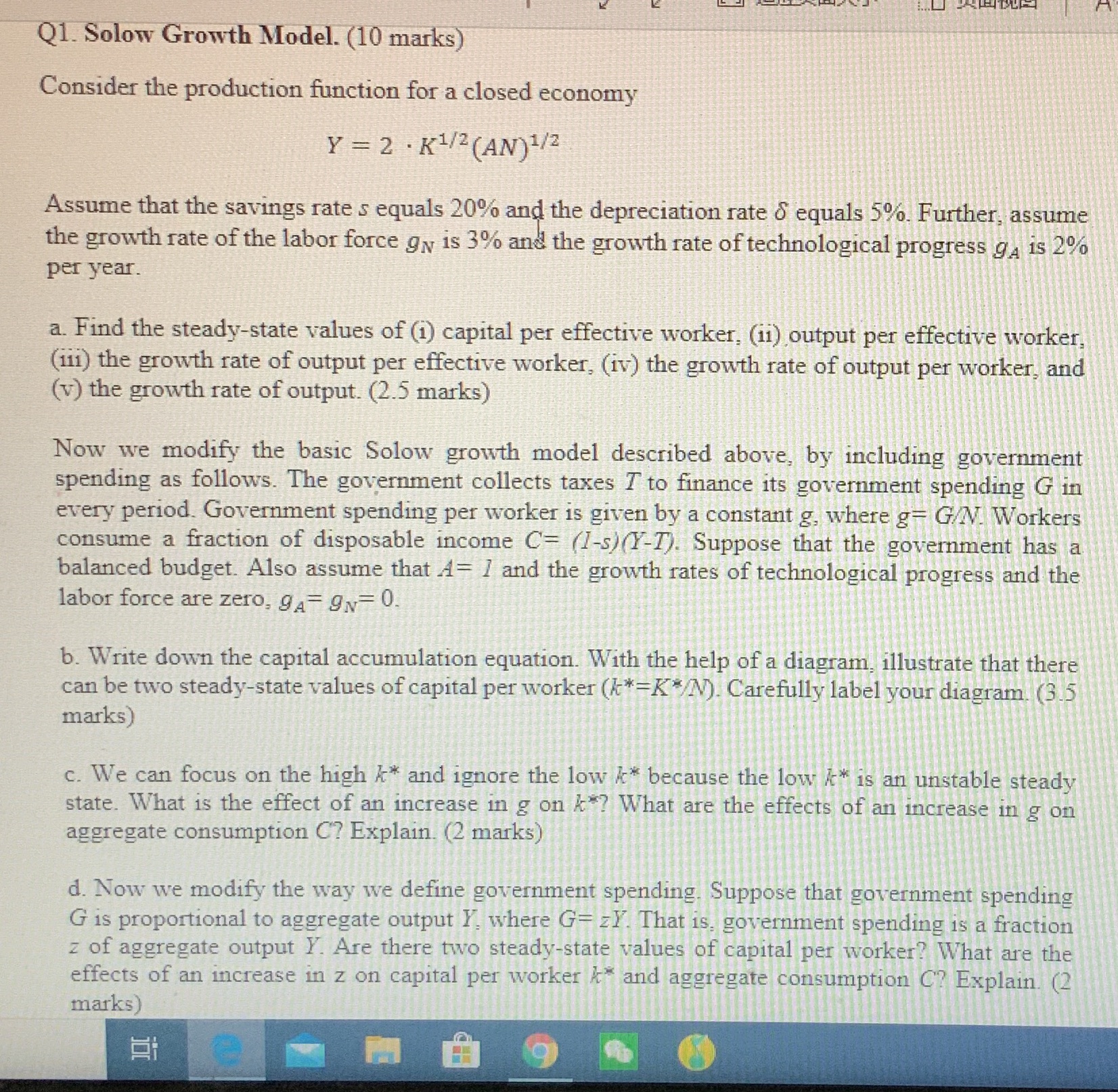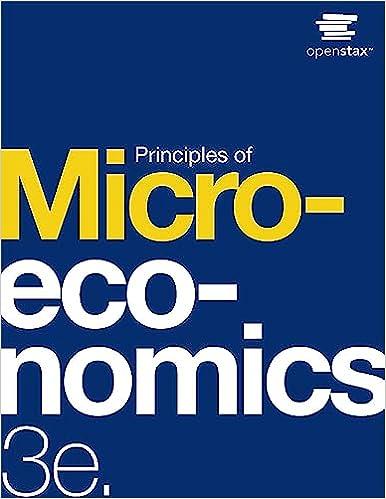Answered step by step
Verified Expert Solution
Question
1 Approved Answer
solow growth model Q1. Solow Growth Model. (10 marks) Consider the production function for a closed economy Y = 2 . K1/2 (AN) 1/2 Assume
solow growth model

Step by Step Solution
There are 3 Steps involved in it
Step: 1

Get Instant Access to Expert-Tailored Solutions
See step-by-step solutions with expert insights and AI powered tools for academic success
Step: 2

Step: 3

Ace Your Homework with AI
Get the answers you need in no time with our AI-driven, step-by-step assistance
Get Started


